In June our social media moderator, scientist, keen citizen scientist and #CitSciOz23 Conference co-convener, Michelle Neil was invited to present to over 150 Queensland primary and secondary school students and their teachers at the 2023 Sustainability and Science Schools Showcase hosted by Queensland’s Office of the Chief Scientist at Queensland Museum’s The Edge.
How do you galvanise the next generation of citizen scientists into action? How do you explain citizen science in fewer than 7 slides and under 3 minutes?
Introducing the tools of citizen science

Have you seen our citizen scientists’ t-shirts? The pictures represent the tools of a citizen scientist. You might use one tool for your project or all of them – there really is no limit.
The tools include; a computer mouse and mobile phone to represent online citizen science, plus a magnifying glass, camera, binoculars, compass, boots, pencil, torch and telescope to represent field observations of flora, fauna, fungi, and the sky, plus biology and water quality tools such as culture tubes, pH meter and pipette, plus even a diver’s mask to represent underwater citizen science (yes – scuba divers and snorkellers also can be citizen scientists!).
In fact, often students who are interested in marine life, chemistry, astronomy, health, or conservation issues can join a citizen science project (e.g. Reef Check, Coral Watch, local Landcare group, MyWater of the Fitzroy Basin, NASA’s Globe Observer, Air Rater, QWildlife Koala App, iNaturalist) and their experience and knowledge can count towards that “2 years of job experience” that employers seem to always be looking for when students have completed the university or TAFE. The real key is finding a citizen science project that is right for the student. Its also a great way to try science to make sure that is what the student wants to do.
If your students are more interested in the findings of citizen scientists (how many platypus are there near me? Are their numbers declining?) then check out the Atlas of Living Australia’s “Explore Your Area” (free login may be required). Check out their year level specific Classroom Activities. Looking for wet weather activities for your class? Check out DigiVol.
How many citizen science projects are there in Queensland?
Quite a few actually! According to our Project Finder there are over 250 citizen science projects available for Queenslanders to participate in. We know there are more so if your citizen science project isn’t on there please add it. It’s free to add your citizen science project!

How many citizen science projects are suitable for students in Queensland?
Currently there are over 90 kid-friendly citizen science projects listed for Queenslanders on the Project Finder. Some, like Frog ID even have resources for teachers while others are a citizen science project within a citizen science platform like the B&B Highway’s B&B Bioblitz event which is specifically for Australian students and uses the iNaturalist app (students and teachers) and website (teachers).
The QLD Office of the Chief Scientist also has a very handy Citizen Science School Teacher Resources on their website including curriculum connections.
Teachers, students and parents – it’s worth a read even if you are not in Queensland!
Are all Queensland citizen science projects about flora, fauna, fungi and fish?
No! Currently on ACSA’s Project Finder there are heaps of non-biological citizen science projects. There is even one called Open Source Malaria Project where older students can find new medicines in their chemistry classroom for malaria using principles of the 6 Laws of Open Source Research.

How can you make your own project?
Do you have an issue that needs solving at your school?
Perhaps the local crows are pulling lunches out of school bags in the port racks?
Maybe there is always one place where litter seems to always be hanging around no matter how many Emu Parades your school does?
Does your local creek or waterway always look unclean?
There are many ways you can make your own project, but the ideal way is to follow our 10 Principles of Citizen Science Worksheet. This worksheet can be used by teachers and students (recommended grade 5+).
To show your class a video of the 10 Principles of Citizen Science check out our Youtube channel here.
If you are looking at doing a local project on living things then starting a project for a specific school or area on iNaturalist is relatively easy. But what if it is not about living creatures? Maybe its going to be about that dirty creek nearby? In that case, the class can design their own citizen science project using Anecdata – it’s versatile, free, and has an app you can customise. You can also set the settings so that only your students can join. Hello privacy!
Example: The Ibis Garbologists
A local primary school is having a lot of trouble with ibis pulling out rubbish from their school bins in search of food. The ibis are making a mess! I speak to their teachers to find out what the problem is and suggest a citizen science action plan.
The school has a parent who works at a local university and borrows some trail cameras (hint: could this be a technology challenge to design for your school’s IT Club or something to fundraise for?) and put them up in various locations around the school. The cameras are motion sensitive and are only turned on when students are in class (hint: use a Go Pro instead with a live feed?). The footage is then uploaded to school servers / Facebook page/Youtube and the students and parents are asked to comment by time and date stamp what was going on (i.e. digital transcription citizen science). Soon the ibis have nicknames, and the students, teachers and parents start to see proof of the older ibis teaching younger ibis how to forage and showing each other which bins have the best food.
Hint: Big City Birds app would LOVE to know this too, so please upload still pictures there!
The citizen scientists also notice the way that the ibis were foraging – how they almost put their heads straight down into the bins!
“How can we make a better bin?” they ask. “How can we make a bin that everyone can close, everyone except the ibis can open, and that even the preps can reach?”
This could then turn into a school-wide engineering design challenge with the idea that the 3 best bin ideas will be made, perhaps by the local Men’s Shed or high school workshop. The experiment is then repeated with the new bins, cameras, observations, etc until the bin design can be perfected.
But then what will the ibis eat?
Well, that’s another question, isn’t it?
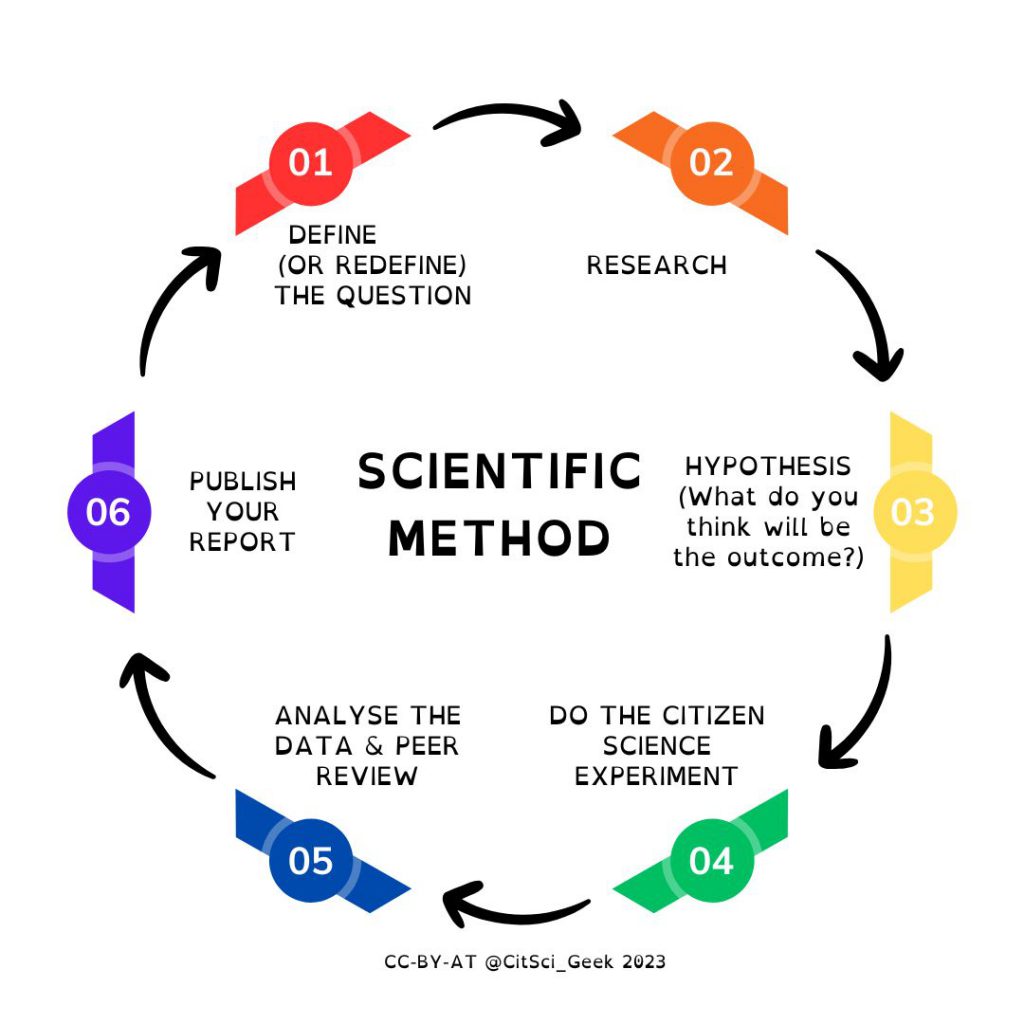
If you have citizen science project results your students would like to share with the world please contact us!
Finally, a HUGE shout out to Soils for Science for giving each attending school a kit to take back to their school and experience their first citizen science experiment. Soils for Science is an Australian-first citizen science program dedicated to finding new antibiotics needed in the fight against the scourge of drug-resistant infections, better known as superbugs.
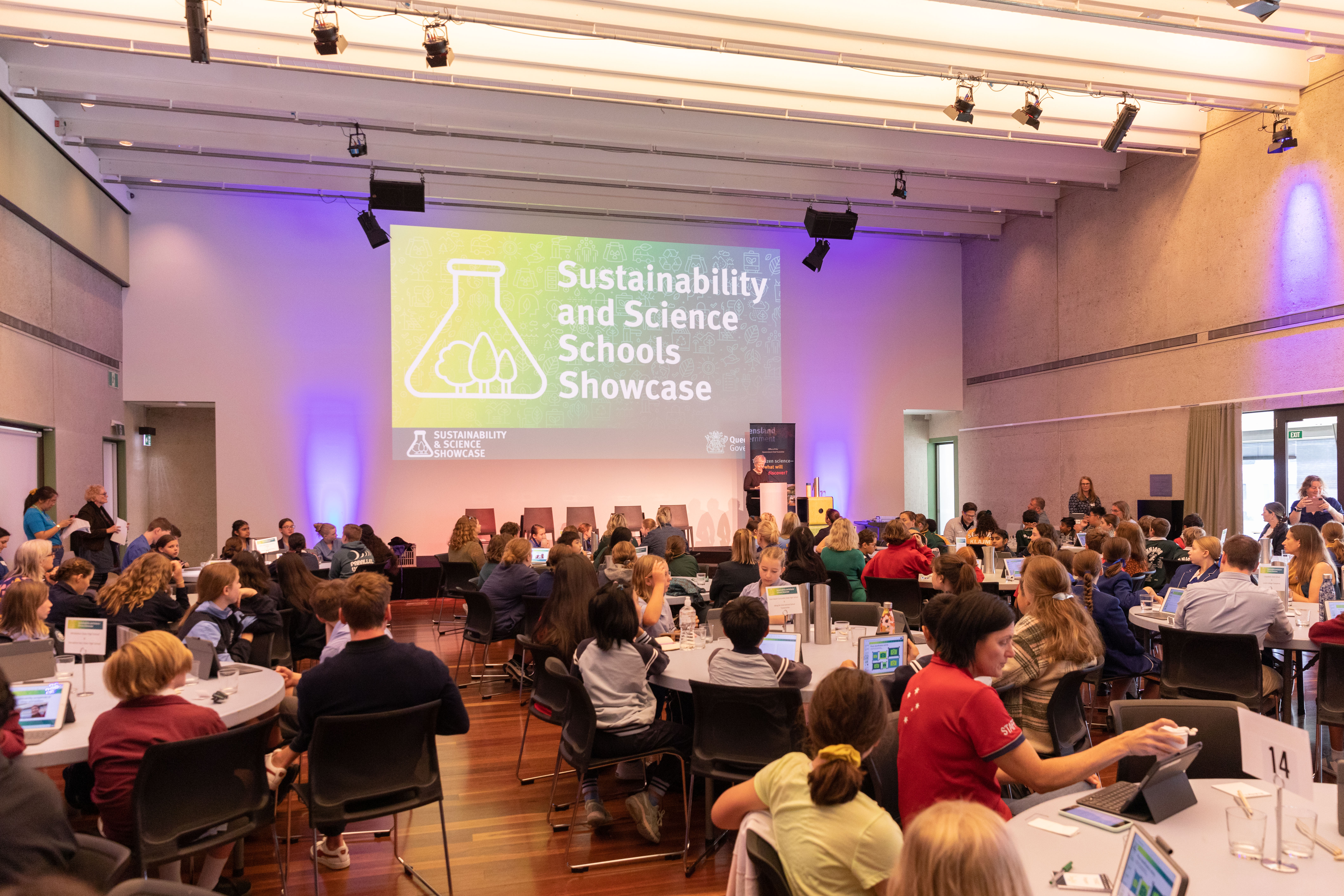
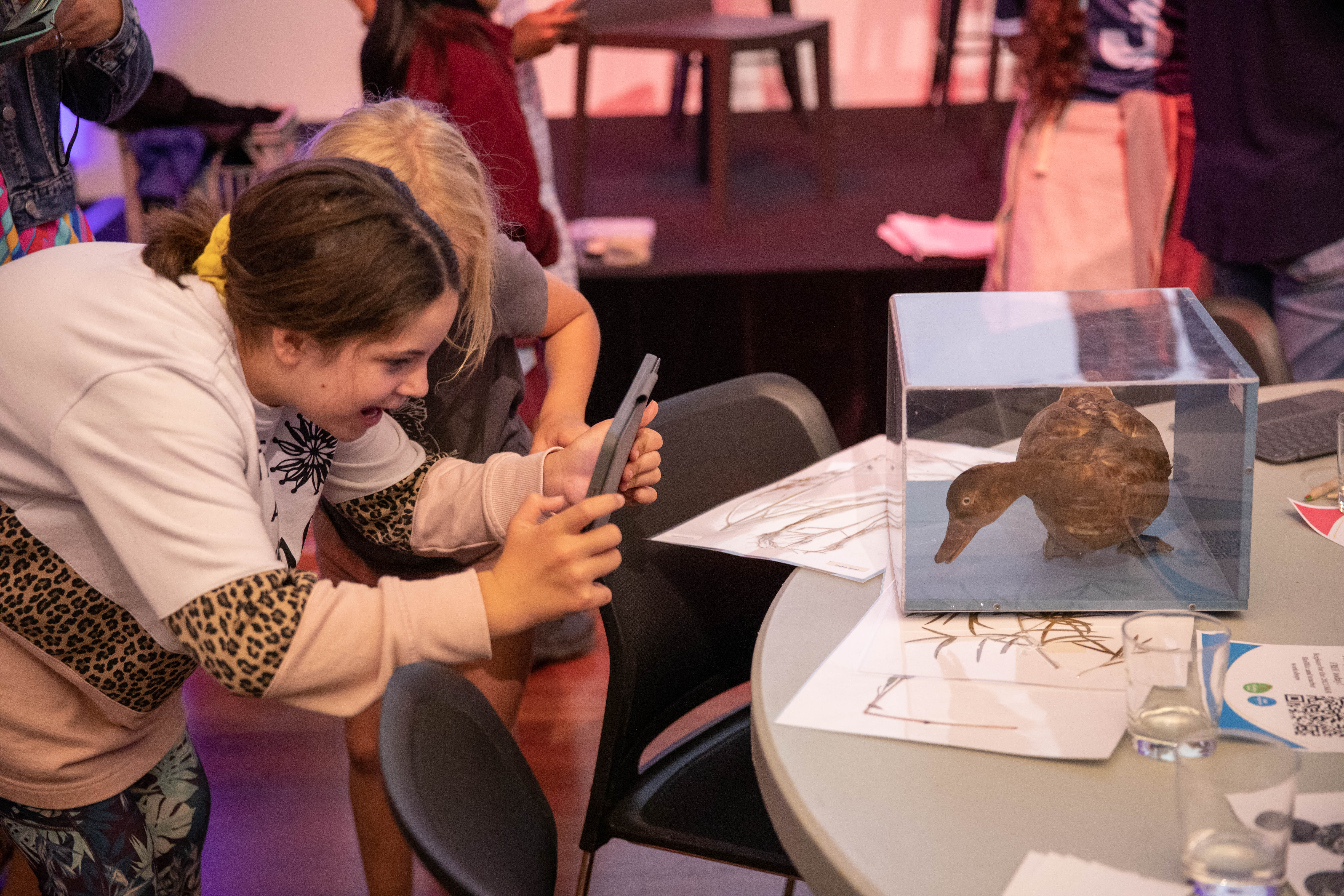
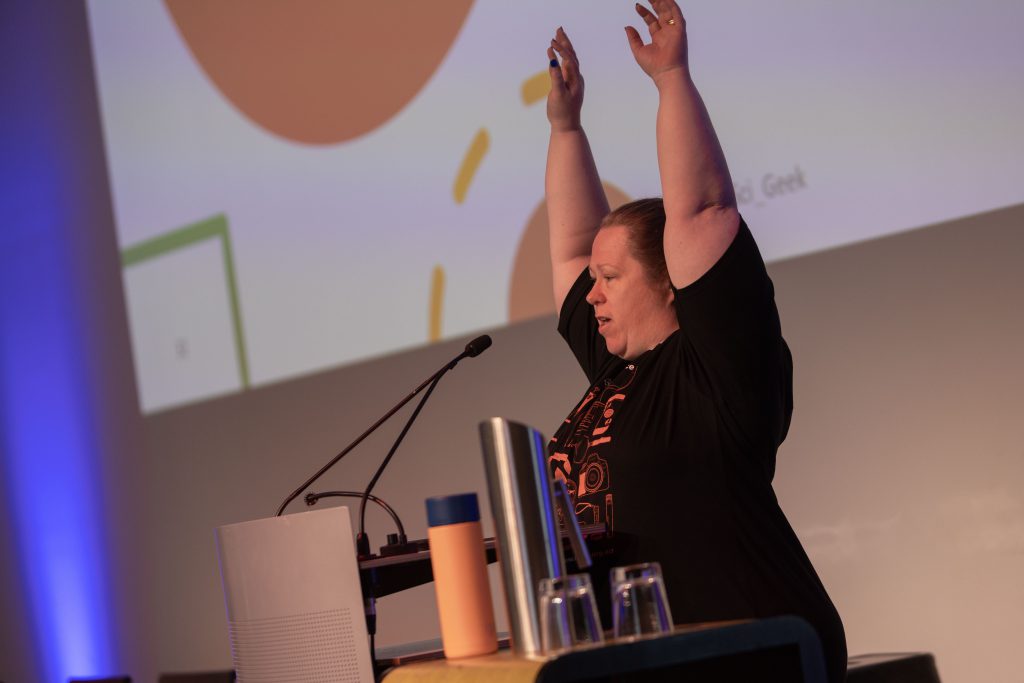
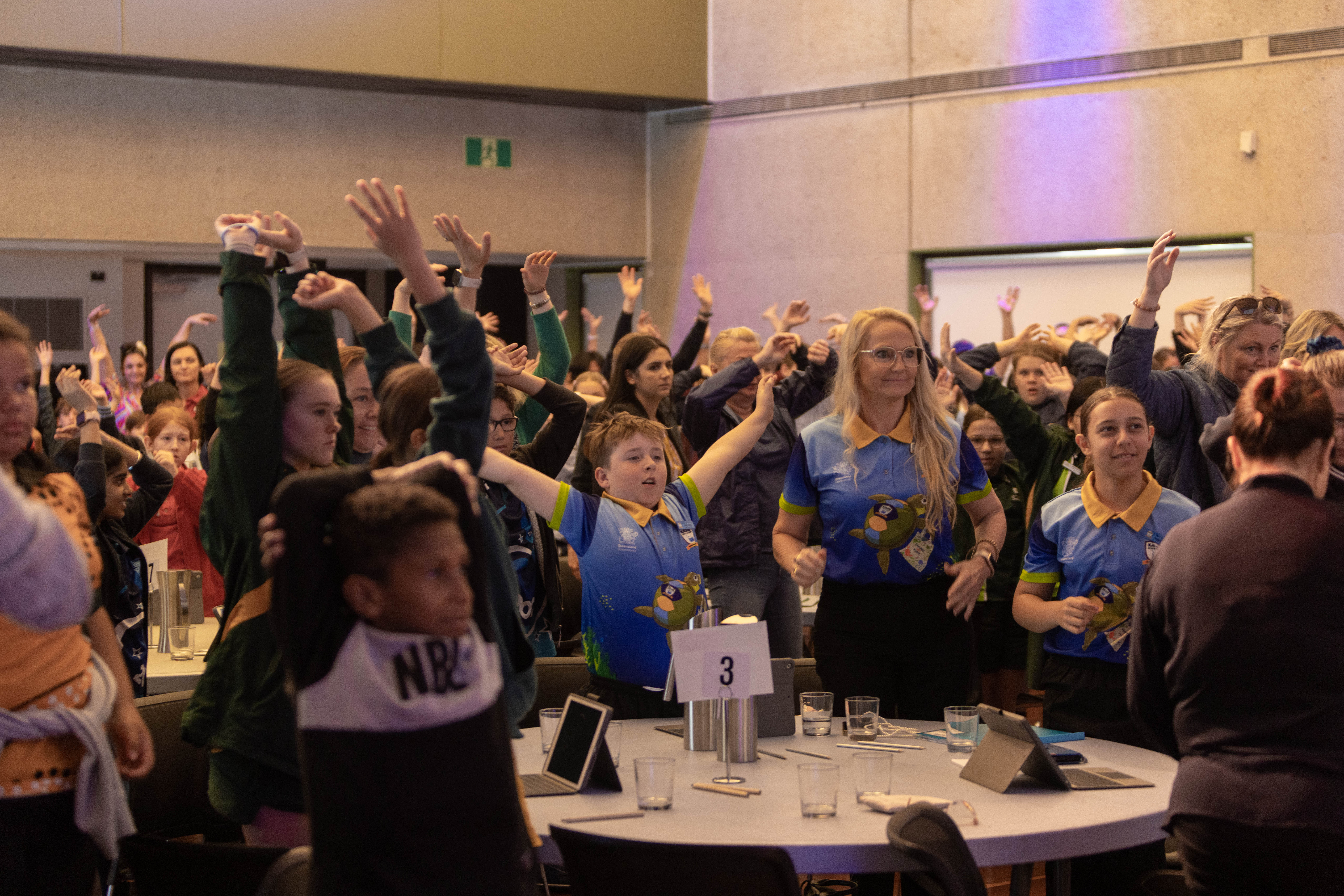
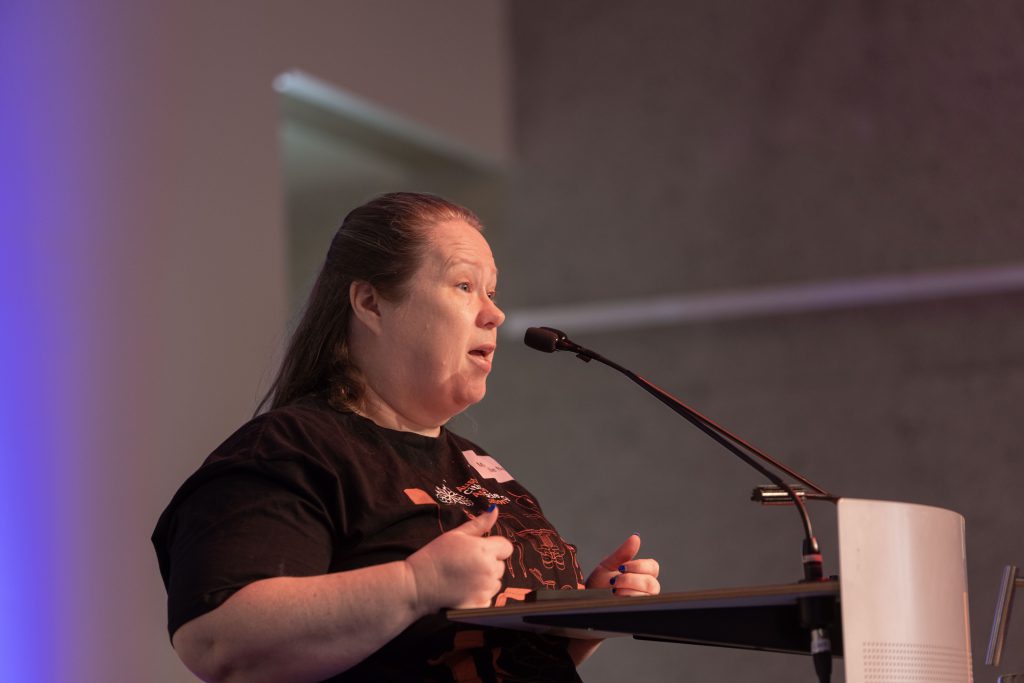
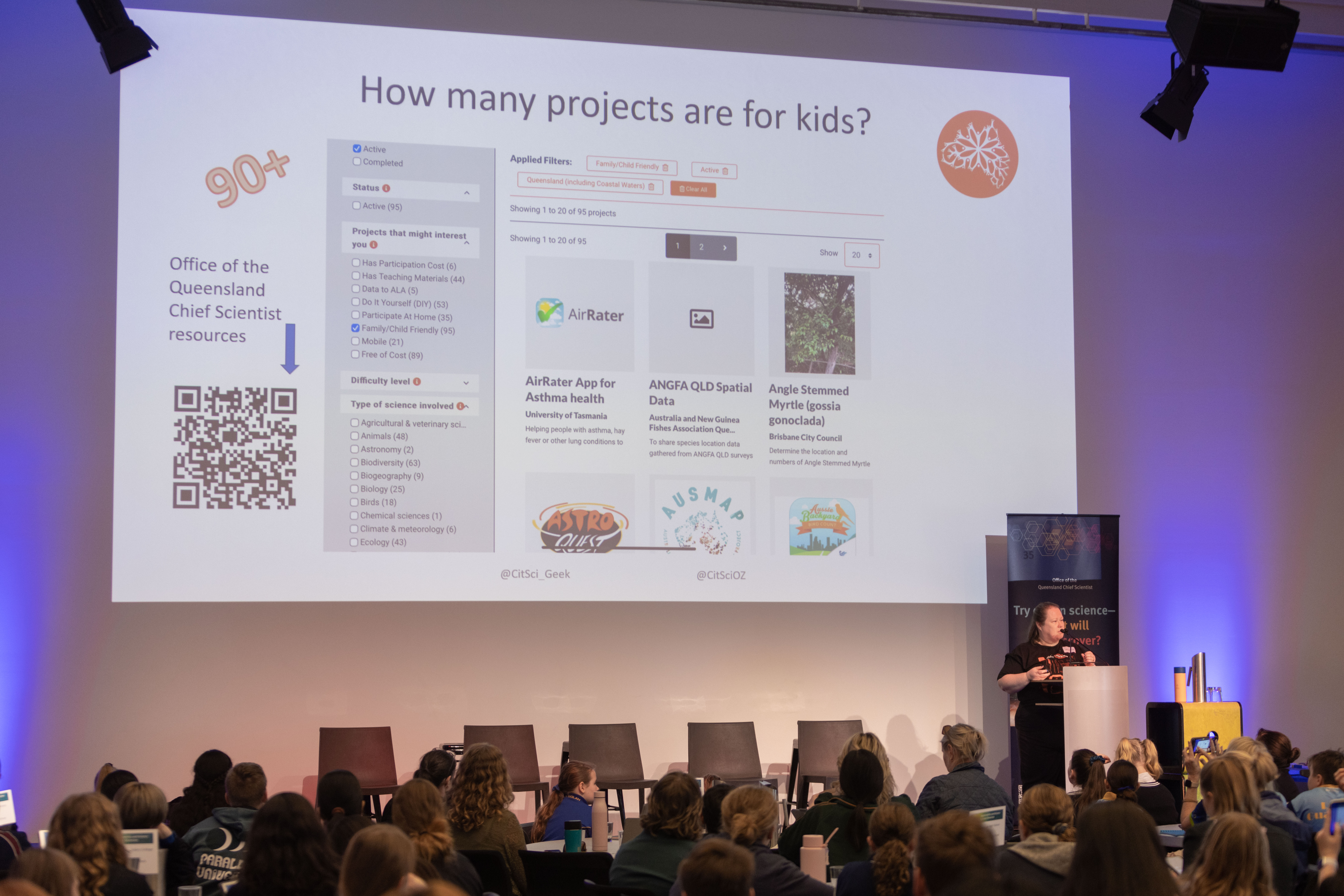

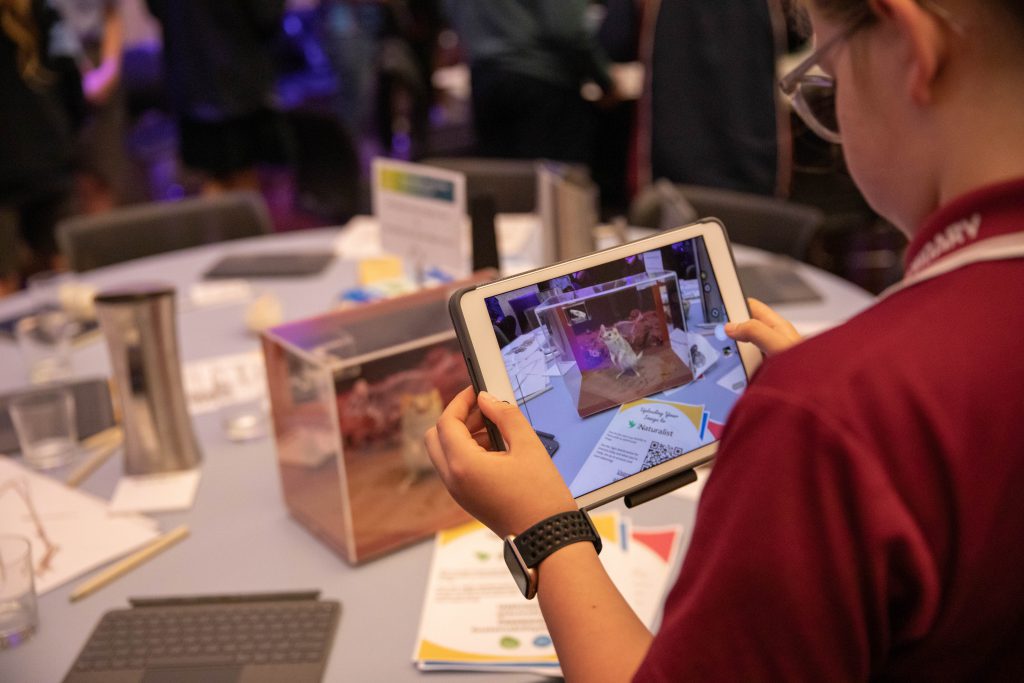

Well it may have taken a little longer than 3 minutes…
Great blog Michelle. Do you have any projects or ideas that you would recommend for primary aged students? I’m at Calliope a semi rural school in Queensland teaching year 3/4s. btw Thanks for the inspiration.
Hi Michael,
I’m glad you were inspired! Yes, I absolutely do have projects and ideas I can recommend for primary-aged students. I have had a look at Calliope State School (don’t you love Google Maps?) and can see you have some good-sized trees at the back of the school. As part of the curriculum, I am sure your students need to measure things, right – temperature, length, distance, height? In this case I can recommend the following:
1. NASA Globe Observer (also has a really cool app!) https://www.globe.gov/
(use to measure tree heights for ground truthing of satellites, clouds and their formations for meteorology, mosquito habitat mapping (where does water pool?), land cover (how much is farming vs natives?) and more!
2. If you have access to an appropriate weather station why not try Weather Underground? https://www.wunderground.com/pws/overview
3. If data is what the students want what better way than to get it themselves? Anyone can do AusMap and map litter hotspots around their school / environment / town: https://www.ausmap.org/hotspot-map
4. There is also seasonal events like the Australian Pollinator Week #OzPollinators where all you need is a pencil and paper and a flower. How many pollinators can they spot? https://www.australianpollinatorweek.org.au/
5. Birdlife Australia also have some amazing projects for schools: https://birdlife.org.au/projects/birds-in-schools/
6. There is nothing like getting your feet wet for a good cause and waterbugs and healthy waterways are always a good cause! Check out a creek near you and Waterbug Blitz (and its cool app) https://www.waterbugblitz.org.au/
7. The scourge of every Qld farmer – the cane toad! Now you arent quite in that area but you can buy the cane tadpole baits, make a trap and help clean up your local waterways / dams and see how many tadpoles you trap… Just ask Watergum: https://watergum.org/tadpoletrapping/
(Also they have an online classroom too! https://watergum.org/courses/)
I hope that gives you some more inspiration 🙂
Michelle
Hi I am sharing a new marine citizen science resource that collates observations ofmarine life and has 132,000 + observations of almost 7000 species involving almost 9000 people as observers and identifiers. This also contains Lin ks for specific projects on locations, species such as sharks, fish or seaweed. I hope it is useful https://inaturalist.ala.org.au/projects/queensland-marine-citizen-science